Synopsis: Urdu and Bengali Muslim Identity in West Bengal reflects a historical divide, showing how lack of social relations weakens community progress and unity.
By Dr. Mohammad Farooque | Kolkata | September 8, 2025
Urdu and Bengali Roots of Division
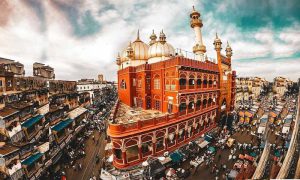
Urdu and Bengali Muslim Identity in Bengal has always been complicated. Historically, Urdu-speaking elites distanced themselves from Bengali-speaking Muslims, dismissing Bengali as a language of weakness and idolatry. They modeled themselves on North Indian and Arabic traditions, claiming cultural prestige while ignoring the rural majority.
This created a hierarchy where Bengali Muslims—though numerically larger—were treated as peasants and craftsmen, marginalized by both Urdu elites and Hindu intellectuals. Their Muslim Identity was always questioned, never fully accepted by either side.
By the 1920s, however, winds of change began. Leaders like A.K. Fazlul Huq and poets such as Kazi Nazrul Islam asserted that Bengali could be both Muslim and modern. They infused the language with Persian and Arabic influences while keeping its roots intact. Nazrul’s fiery poetry, celebrating both Islamic and Hindu themes, symbolized a possibility: a synthesis of faith and language, a way to live as both Bengali and Muslim without apology.
Politics, Partition, and Deepening Division
The British partition of Bengal in 1905—and its reversal in 1912—set the stage for communalized politics. Separate electorates introduced in 1909 encouraged Muslims and Hindus to mobilize on the basis of religion rather than shared civic goals. The Muslim League’s birth in Dacca in 1906 further strengthened Urdu-speaking elites, many of whom identified more with the culture of North India than with Bengal.
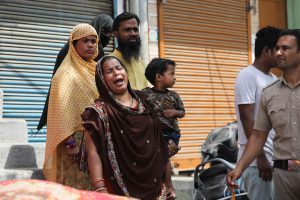
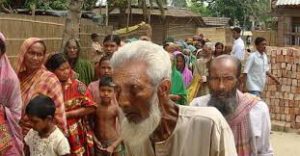
Bengali Muslims, despite being the majority, were often sidelined in political bargains. The Lucknow Pact of 1916, which gave them fewer legislative seats than their population justified, left a lingering resentment. Over decades, these inequities fused with linguistic divides, creating an enduring split within the Muslim community itself.
Urdu Ghettos and the ‘Kalkattiya’ Label
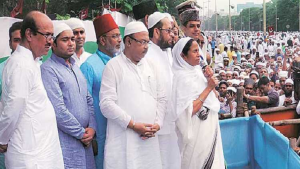
Fast forward to present-day Kolkata: Urdu-speaking Muslims, descendants of migrants from Bihar and Uttar Pradesh, remain concentrated in neighborhoods like Rajabazar. These ghettos are both hubs of survival and symbols of exclusion. Residents depend on informal economies—embroidery, leather work, taxi driving, paper and bangle crafts—mostly within the confines of their locality.
The term “Kalkattiya” has become their badge and burden. While it reflects urban pride, it also carries a derogatory edge when compared with “true Bengalis.” This linguistic insularity keeps them apart from the Bengali-speaking majority, reducing their exposure to the state language and limiting access to government jobs or higher education. In short, their Muslim Identity is fractured—recognized by religion, undermined by language.
Bengali Muslims: Neither Inside Nor Outside
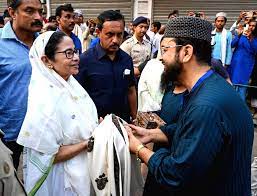
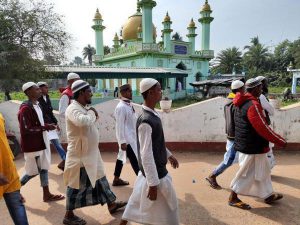
On the other side, Bengali-speaking Muslims share cultural roots with Bengali Hindus, but this proximity has historically been viewed with suspicion. For generations, they were caught in a residual category: not fully accepted by Hindus as “Bengalis” and looked down upon by Urdu-speakers as provincial. Even today, many Bengali Muslims live in rural poverty, struggling for educational and political mobility. Their identity carries the weight of marginalization from both ends.
Why Social Relations Must Begin
Here’s the critical point: despite forming nearly 40 percent of West Bengal’s population, Muslims remain divided by language, class, and culture. This fragmentation dilutes their political voice and weakens their social presence. Instead of building common platforms, both communities have lived parallel lives—sharing religion but not relations.
The way forward is not simply electoral arithmetic or symbolic gestures. What is needed is a deliberate effort to initiate social relations between Bengali- and Urdu-speaking Muslims. Shared schools, inter-community organizations, cultural festivals, and neighborhood-level cooperation can begin to dissolve suspicion. Joint literary forums and student unions, where Bengali and Urdu languages are celebrated side by side, could foster pride in both identities rather than competition.
Only by cultivating everyday ties—marriages, friendships, business partnerships—can these communities rediscover the strength of a collective Muslim Identity. Without such efforts, their numbers will remain impressive on paper but powerless in practice.
Beyond Numbers: Towards Collective Power
What this really means is that the greatest obstacle is not simply political neglect but self-inflicted division. Political parties thrive on this weakness, fragmenting Muslims into separate vote banks. A unified voice, however, could alter the state’s educational, economic, and political landscape.
Muslim Identity in West Bengal must therefore evolve into something inclusive, rooted in both Bengali and Urdu traditions, and anchored in solidarity. Unity does not demand uniformity; it demands recognition of difference while building bridges across it. Until these bridges of social relations are built, the community will remain what Jeremy Seabrook once called “people without history”—present but unrecognized, numerous yet voiceless.
✦Dr. Mohammad Farooque is a senior journalist and currently serves as the Resident Editor of Roznama Rashtriya Sahara in Kolkata. Over the course of his distinguished career, he has earned recognition for his incisive political commentary and thorough reporting on issues concerning minorities, democracy, secularism, and wider socio-political developments. His work stands out for its commitment to objectivity and its critical engagement with both national and regional realities of contemporary India.
.







